ACT Policing, Australian Border Force, Australian Criminal Intelligence Commission, Australian Federal Police
Cannabis accounted for the greatest proportion of the number and weight of illicit drugs seized in the Australian Capital Territory in 2015–16, according to a new report by the Australian Criminal Intelligence Commission (ACIC).
The Illicit Drug Data Report 2015–16, released today, shows that cannabis remains the dominant illicit drug in Australia in terms of national arrests and seizure numbers.
Minister for Justice, the Hon. Michael Keenan MP, launched the report alongside ACIC Chief Executive Officer, Mr Chris Dawson, in Sydney.
“The number of national illicit drug seizures and arrests in 2015–16 are the highest on record. With the exception of heroin and other opioids, the number of national arrests increased across all illicit drug categories this reporting period,” Mr Dawson said.
“In the Australian Capital Territory, cannabis accounted for 66.7 per cent of illicit drug arrests this reporting period, with cocaine accounting for 6.9 per cent of arrests—both of which are the highest proportion reported by any state or territory in 2015–16.
“In regards to illicit drug seizures, cannabis accounted for 45.6 per cent of the number and 96.0 per cent of the weight of illicit drugs seized—the highest proportion reported by any state or territory this reporting period.
“Heroin and other opioids accounted for 7.9 per cent of the number and 2.3 per cent of the weight of drugs seized in the Australian Capital Territory—both of which are the highest proportion reported by any state or territory in 2015–16.
In 2015–16 the Australian Capital Territory also reported the greatest percentage increase in:
- the number of amphetamine-type stimulant seizures (64.9 per cent)
- the number of cocaine seizures (518.2 per cent)
- the number of other opioid seizures (243.5 per cent)
- the weight of steroids seized (146.3 per cent).
“The report highlights the continued vigilance of law enforcement in combating illicit drugs in the Australian Capital Territory,” Mr Dawson said.
“Understanding trends and emerging issues in the illicit drug market, both nationally and at a state and territory level, provides the ACIC and our partners with an opportunity to shape the response to both demand and supply, particularly in high-use areas.”
Chief Police Officer for the Australian Capital Territory (ACT) Assistant Commissioner Justine Saunders said the report provides valuable insights into the current drug market.
“While it’s almost impossible to determine the exact size of the Australian drug market, this report highlights trends in the ACT and priorities for ACT Policing. The report reinforces the positive outcomes of ACT Policing during the reporting period in targeting drug supply, manufacture and distribution across Canberra,” Assistant Commissioner Saunders said.
“ACT Policing will continue to focus on targeting those who profit through the drug supply chain with no regard for the harm drugs cause in our community.”
Australian Federal Police (AFP) Commissioner Andrew Colvin said the Illicit Drug Data Report annually provides a valuable insight into the challenges faced by law enforcement.
“Drug seizures at our borders and those made on the streets by our state and territory counterparts indicate that Australia continues to be an attractive market for international organised crime syndicates,” Commissioner Colvin said.
“The AFP will continue working with local and international law enforcement agencies to disrupt and dismantle these syndicates. However, the entire Australian community needs to work together to examine how we can combat issues associated with demand for these substances.”
Australian Border Force (ABF) Acting Commissioner Michael Outram said the ABF has a pivotal role in preventing these dangerous and illicit substances from entering Australia.
“The numerous instances of record detections this reporting period serve as a reminder of the continued threat that illegal drugs pose on the Australian public,” Acting Commissioner Outram said.
“The prevalence of methylamphetamine and its precursors discovered at our borders follows a concerning trend over recent years. The ABF is working with domestic and international law enforcement agencies to combat this ruinous drug.”
The Illicit Drug Data Report 2015–16 is a statistical report which provides governments, law enforcement agencies and policy makers with a robust picture of the Australian illicit drug market. It brings together data from all state and territory police agencies, the Australian Federal Police, the Department of Immigration and Border Protection/Australian Border Force, forensic laboratories and research centres.
“The statistics in the report will inform prioritisation and decision-making as we continue to discover, understand and respond to the threat and harm caused by illicit drugs,” Mr Dawson said.
The Illicit Drug Data Report 2015–16 is available online at www.acic.gov.au
